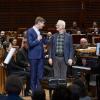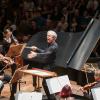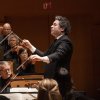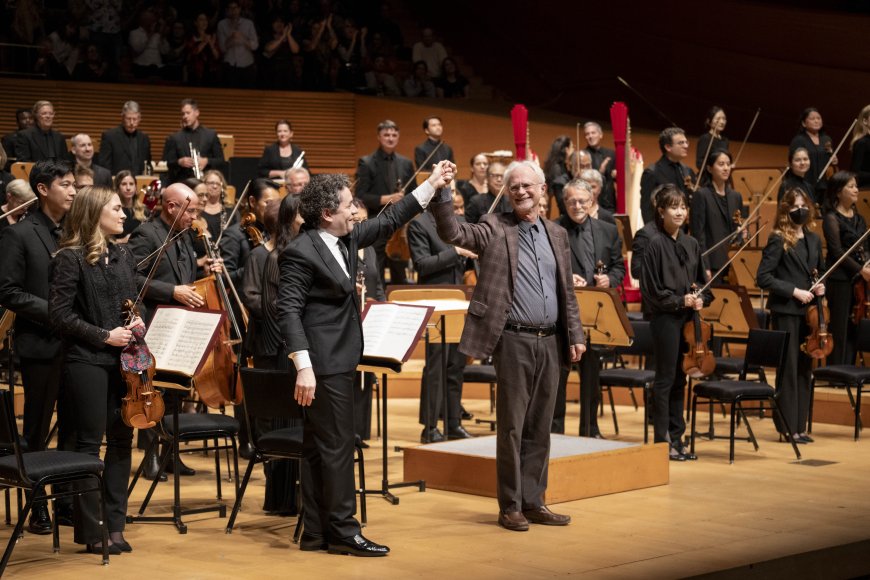
Where would John Adams be without Igor Stravinsky? I imagine the 78-year-old would be a very different composer, for Stravinsky’s aesthetic and rhythms animate a sizable slice of Adams’s output. Although the influence is usually subtle, it sometimes comes screaming out in the open — like the shafts of strings from Stravinsky’s Symphony in Three Movements that appear in several of Adams’s works.
Indeed, Music Director Gustavo Dudamel’s juxtaposition of Adams and Stravinsky made good programming sense on Thursday, Oct. 2 with the Los Angeles Philharmonic. The evening at Walt Disney Concert Hall featured two of Stravinsky’s greatest hits, The Firebird Suite and The Rite of Spring, and the United States premiere of one of Adams’s latest compositions, Frenzy: a short symphony. The work was first played by the London Symphony in March, 2024 under the baton of Simon Rattle — to whom the piece is dedicated.
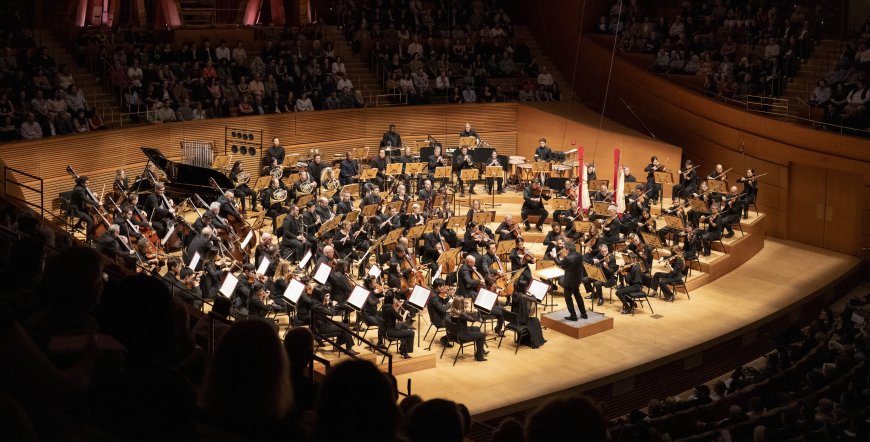
The LA Phil’s website breathlessly suggests that Frenzy is “inspired by the feeling of processing the modern world and its incessant digital drip of news.” None of that appears in Adams’s own program note which concentrates solely on the work’s musical processes, while noting that the piece “is generally buoyant and extrovert.” That’s fair enough.
Frenzy is another, perhaps cumulative, outcropping of Adams’s “maximalist” manner. The piece has one continuous movement with a roughly fast-slow-fast structure lasting a bit over 19 minutes, which seems just about the right length for the material. The closest comparison to the structure and feel of Frenzy is Adams’s boisterous piano concerto, Must The Devil Have All The Good Tunes? but without the latter’s hints of jazz and rock ’n’ roll.
Adams has left minimalism out of sight, but not entirely out of mind. There are some repetitive devices, but mostly the music is a swirl of busy, developmental activity with rhythmic engines that come and go. As per usual these days, Adams’s prowess as an orchestrator is on display, especially in the gorgeous central section. Frenzy reaches a dauntingly complex peak in the concluding three minutes, with pounding drums, cascading horns and trumpets, and mad, mad winds.
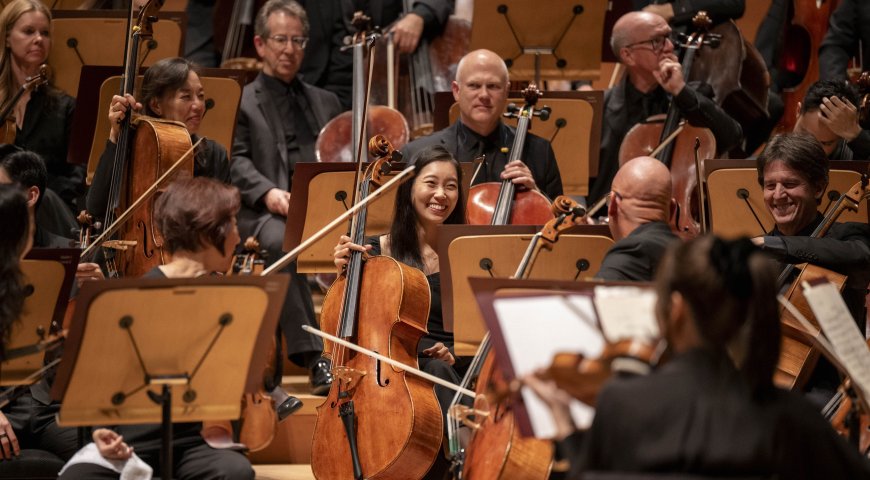
Thinking back to the LA Phil’s website description, Frenzy does bring to mind the current state of political chaos driven by relentless algorithms. The piece gives the impression that only the most accomplished symphony orchestras on the planet could possibly play it — and the LA Phil did it jolly well on Thursday, reportedly after just two rehearsals.
While Stravinsky’s The Rite of Spring was a good companion piece with its own brand of propulsive frenzy, the Rite is now so familiar, so often played, that it’s hard to recreate its original shock value. Nevertheless, Dudamel once again gave it his all, stirring up passages like “Procession of the Sage,” “Dance of the Earth,” and “Sacrificial Dance” to a raucous din, and handling the introduction to the second part of the work, “The Sacrifice,” with more sensitivity than in previous performances. It certainly would have made a big impression to someone new to the piece, and as always, the Phil handled all its complexities with easy assurance.
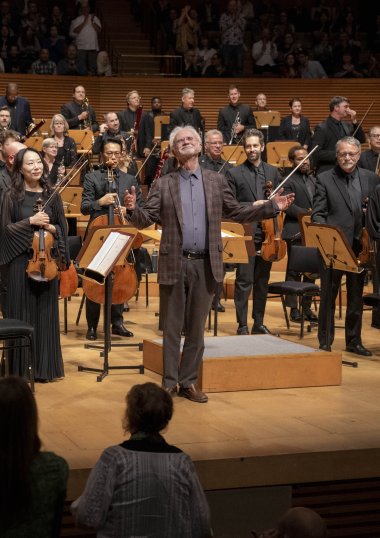
Sandwiched in between the two barn burners was Stravinsky’s 1919 edition of his Firebird suite, which the LA Phil recently played under Elim Chan in August at Hollywood Bowl, and many times previously. There wasn’t much difference between Chan’s and Dudamel’s renditions, right up to the very fast tempo in the peroration of the Finale. All played well by these musicians; they’ve had plenty of practice.


